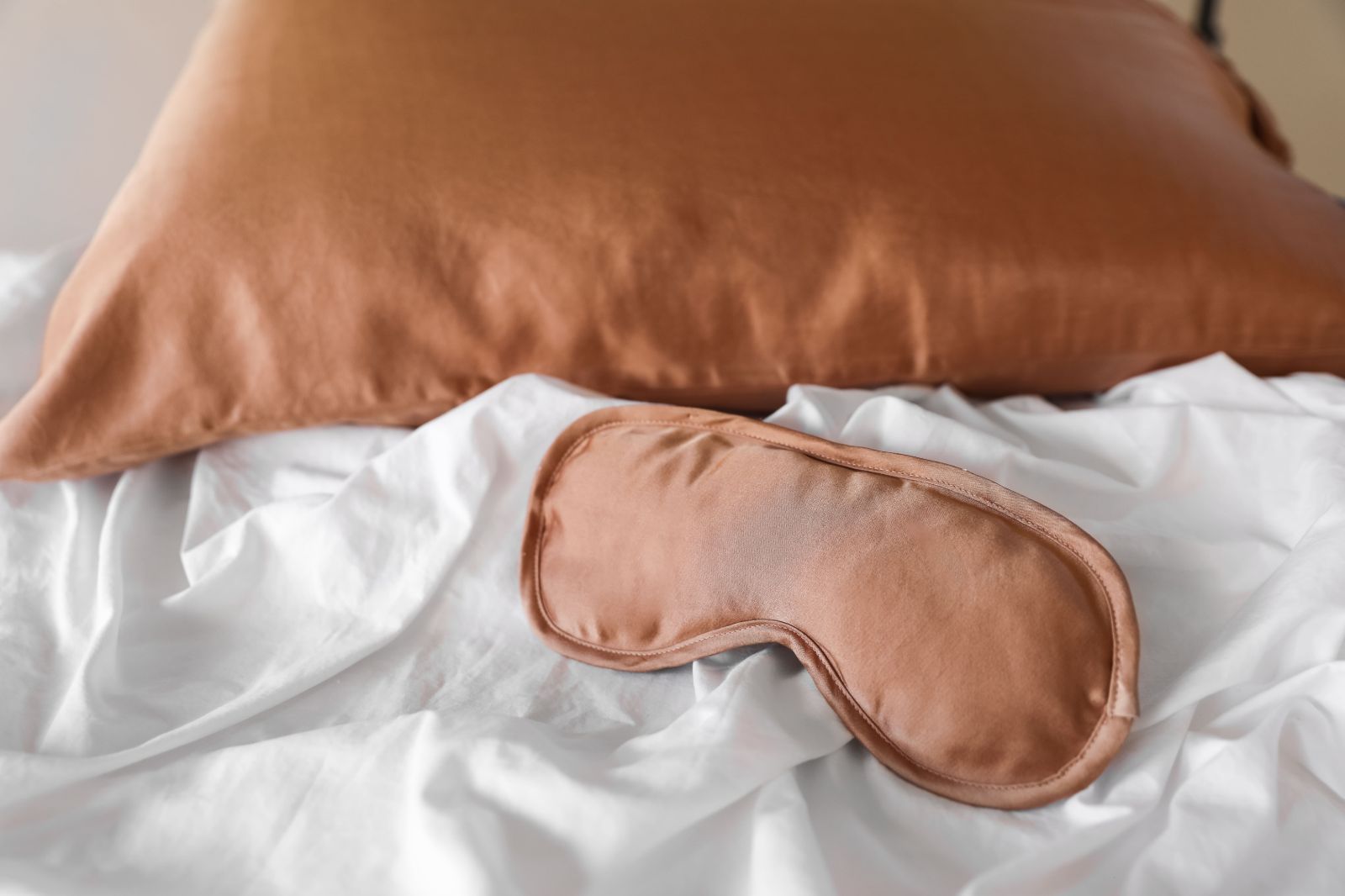How to tell fake silk from the real stuff


Written by Jonti Ridley
Call us bias, but we think silk is pretty spectacular. If you didn’t know, and maybe you already do, silk is made from ‘cocoon wire’s’ made by silk butterfly larva. Consisting of 100% natural material and produced without using heavy chemicals means that silk isn’t just pretty – it’s biodegradable and renewable too! However, the fragile construction of the fibres is exactly what makes silk so tricky to replicate, but boy are there some good fakes out there.
Now if you’re of the vegan persuasion, faux-silk might be exactly what you’re after – which is totally fine. Many vegans choose not to use silk as it’s an animal bi-product.
However, if you’re not vegan, the last thing you want to discover after splurging $50+ on a silk garment is a big, ugly ‘made from polyester/nylon’ tag hiding away on a sneaky seam somewhere. So we’re going to share with you some of the ways we’ve learnt to spot a fake.
Silk and satin are not the same thing.
Before we begin, silk imitations are often sold as ‘silky satin’ or ‘silk-like’. Silk is not satin, and vice versa. In fact, satin is a weaving technique, not a material. Brands will use a ‘satin weave’ using cheaper, artificial fibre to create a silk aesthetic (slinky and shiny) and sell it under the impression you’re getting real silk. Which is very sneaky really.
Silk isn’t cheap.
There are exceptions to any rule of course, but generally speaking. Silk isn’t cheap. Ethical silk, like the silk we use at Damn Gina, especially isn’t cheap. The final price needs to be able to cover the fabrics expenses (among other things), so you should immediately be giving that $20 ‘silk robe’ the side-eye. In fact, silk production is nearly ten times more expensive than that used for fakes. Fabric production, employee wages, fabric treatment and processing, garment construction – the list goes on and the expenses add up. Sales are always a great opportunity to snag yourself a saving, but if the price is too good to be true, it probably is.

Take a good look.
This step is largely useless if you’re shopping online, cause photoshop, but if you’ve got a spare magnifying glass (or really good eyesight) you can spot the difference immediately. Silk fibres are triangular, and covered in ‘sericin’, which gives it that iconic shimmer. Real silk shimmers, fake silk shines. The triangular ‘prism’ structure of the silk fibre allows light to refract at different angles, producing different coloured light.
Looking at silk up close compared to fake, you’ll notice the silk shimmer isn’t as strong as the fake shine. Fake silk will have a ‘white sheen’ (like plastic) from all angles, whereas silk fibres will only shimmer from a combination of light and angles. Fake silk is also stiffer, whereas real silk often has a ‘water-like’ slink.
All bunched up.
Very good fake silk, will feel like silk to the touch. This, of course, is the entire point, however, if you bunch the fabric together in your hand, real silk will make a soft crunching noise. The sound is often compared to ‘footsteps on fresh snow’. Additionally, if you rub two pieces of real silk together, it will become warm (whereas fake silk won’t heat up).

Obligatory ‘put a ring on it’ joke.
Hear me out, but thread the material through a ring. Real silk will glide through easily, while fake silk will bunch up, snag and drag it’s way through. As fun as this test is, your results are dependent on the thickness of the fabric. Very thick silk may struggle with a smaller ring, while very thing fake silk will have less drag with a wider ring. It’s not foolproof, but it’s a great old school trick if you’re in a pinch.
Burn baby burn (but don’t)
We’ve saved the most exciting for last, but it's also realistically the least realistic. Nonetheless, here’s the most reliable and accurate test for silk: set it on fire. It doesn’t have to be a lot, but if you can spare a thread, this is the quickest way to find out. Real silk will burn, slowly, but will cease burning once the flame is removed (it also smells like burning hair, because they’re made from similar proteins). Fake silk on the other hand will melt, and smell like burning plastic – and will continue to burn even after you’ve removed the flame. This of course requires you to set your precious garment alight, so we understand if this is one you’d rather skip. Besides the obvious risk of fire, proceed with caution as some fibres used in synthetic silk are extremely flammable. Perform this test only in an environment where you can douse the fire immediately if necessary.
So now you know, all that glitters is not gold and all that shines is not silk. Spotting the fakes can be disheartening, once you realise how happy some brands are duping you for a quick buck. Thankfully you can always count on Damn Gina’s 100% mulberry silk, 100% of the time.


Leave a comment